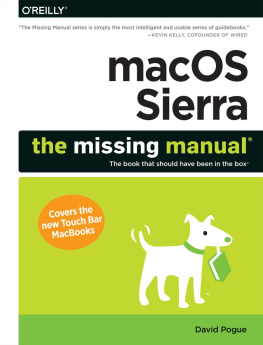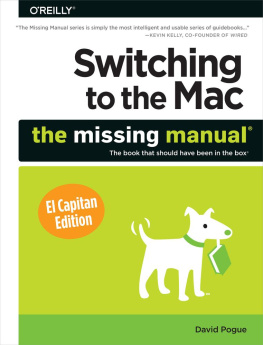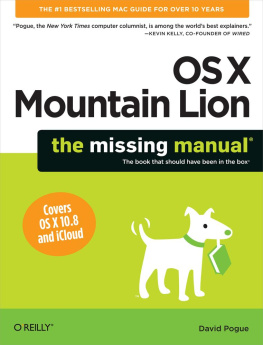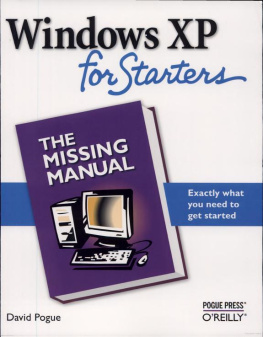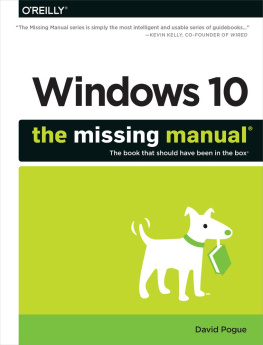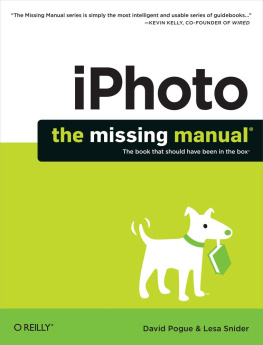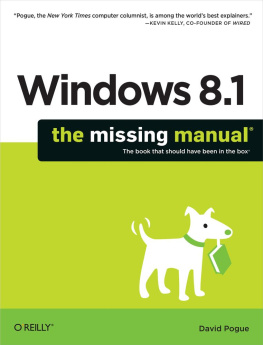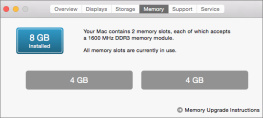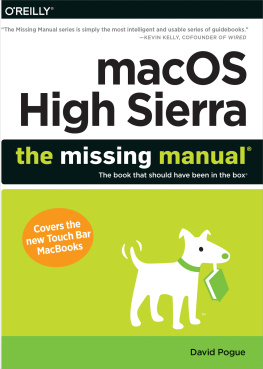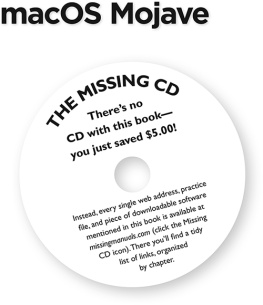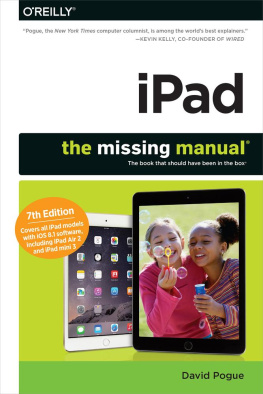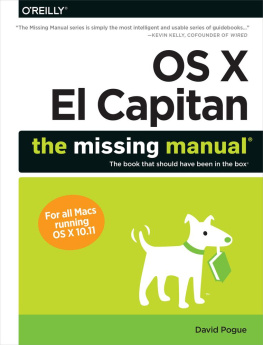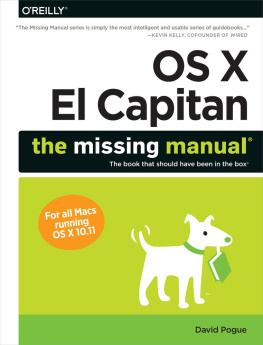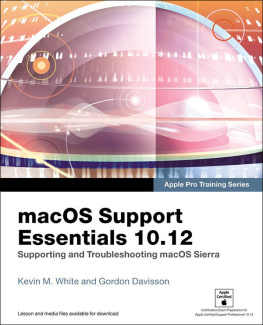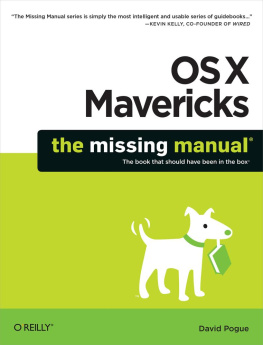In his other life, David is a former Broadway show conductor, a magician, and a funny public speaker. He lives in Connecticut with his wife, Nicki, and three awesome children.
Links to his columns and videos await at .
About the Creative Team
Julie Van Keuren (editor, indexer, layout) spent 14 years in print journalism before deciding to upend her life, move to Montana, and live the freelancing dream. She now works for a variety of clients who understand that skilled editing, writing, indexing and desktop publishing dont have to come from inside a cubicle. She and her husband, novelist M.H. Van Keuren, have two teenage sons. Email: .
Phil Simpson (book design) runs his graphic design business from Southbury, Connecticut. His work includes corporate branding, publication design, communications support, and advertising. In his free time, he is a homebrewer, ice cream maker, wannabe woodworker, and is on a few tasting panels. Email: .
Acknowledgments
Over the years, over the many editions of this book, many friends and colleagues have contributed enthusiasm, expertise, and even prose to this books editions. They include Zachary Brass, Kirill Voronin, Dan Pourhadi, Rich Koster, J.D. Biersdorfer, Teresa Noelle Roberts, Ben Waldie, Brian Sawyer, and Lesa Snider.
In addition to the dream team members identified on the previous page, I owe debts of thanks to OReillys Missing Manuals editor-in-chief, Nan Barber; Apples Colin Smith and Bill Evans for going beyond the call of duty to chase down tweaky tech answers; proofreaders Kellee Katagi and Judy Le; my assistant Jan Carpenter, whose help made my survival possible; and Julie Van Keuren, whose Missing Manual role over the past decade has grown from humble copy editor to full-blown editorial and design factory.
I also wish I could send out an I Made the Book Better! T-shirt to every reader who ever took the time to write with corrections, suggestions, tips, and tricks. And thanks, as always, to David Rogelberg for believing in the idea.
Above all, this book owes its existence to the patience and affection of Nicki, Kelly, Tia, and Jeffrey. They make these booksand everything elsepossible.
David Pogue
About The Missing Manuals
Missing Manuals are witty, well written guides to computer products that dont come with printed manuals (which is just about all of them). Each book features a handcrafted index; cross-references to specific page numbers (not just see ); and an ironclad promise never to put an apostrophe in the possessive pronoun its .
Also by David Pogue:
iPhone: The Missing Manual, Tenth Edition
David Pogues Digital Photography: The Missing Manual
Windows 10: The Missing Manual
Switching to the Mac: The Missing Manual, El Capitan Edition
Pogues Basics: Tech
Pogues Basics: Money
Pogues Basics: Life
Chapter 1. Introduction
MacOS Sierra is the 12th major version of Apples Unix-based operating system. Its got very little in common with the original Mac operating system, the one that saw Apple through the 1980s and 1990s. Apple dumped that in 2001, when CEO Steve Jobs decided it was time for a change. Apple had spent too many years piling new features onto a software foundation originally poured in 1984. Programmers and customers complained of the spaghetti code the Mac OS had become.
So underneath macOSs classy, translucent desktop is Unix, the industrial-strength, rock-solid OS that drives many a website and university. Its not new by any means; in fact, its decades old and has been polished by generations of programmers.
Note
Beginning with Sierra, Apple no longer calls the Mac operating system OS X. Its now macOS. Thats partly because Apple sought consistency with the software in its other productsiOS and watchOSand partly, no doubt, because it was tired of hearing people pronounce it Oh ess sex.
Whats New in Sierra
Having run out of big cat species (Lion, Jaguar, Panther, Tiger, Leopard, Snow Leopard), Apple has begun naming its Mac operating systems after rock formations in California. There was Yosemite, and then El Capitanand now Sierra, after the Sierra Nevada mountain range.
MacOS Sierra doesnt look any different from El Capitan or Yosemite before it. Instead, its a representation of all the little nips and tucks that Apple engineers wished theyd had time to put into the last version.
.
Beyond thatwell, this time around, Apple isnt boasting over 200 new features; over 20 new features would be more like it. Theyre subtle. Theyre grace notes. Theyre motley. Theyll be welcomed by people already using Macs but wont do anything to sway someone who loves Windows:
Optimized Storage. Todays Mac laptops dont have a ton of storage; their non-hard disks arent as big as actual hard drives.
This new feature solves that problem rather neatly. The idea: As your Mac begins to run out of space, your oldest files are quietly and automatically stored online, leaving cloud-badged icons in their places on your Mac, so that you can retrieve them if you need them.
Other disk-space reclaiming features: A new Optimize button deletes iTunes movies and TV shows that youve already watched. (Youre always free to re-download them at no charge.) Erase Trash Automatically auto-deletes a file after its been rotting in your Trash for 30 days. And Reduce Clutter looks over your downloads, cache files, and mail attachmentsthings you can always re-download from your IMAP mail accountand offers to delete them. This feature can reclaim a lot of space.

